Wow Granite with Concerns OR safe, neutral Cambria?
boymom23
10 years ago
Related Stories

DECORATING GUIDESNo Neutral Ground? Why the Color Camps Are So Opinionated
Can't we all just get along when it comes to color versus neutrals?
Full Story
MOST POPULARWhat’s Your Neutral: Beige or Gray?
A designer shares 10 tips for using the neutral shade that works best for you
Full Story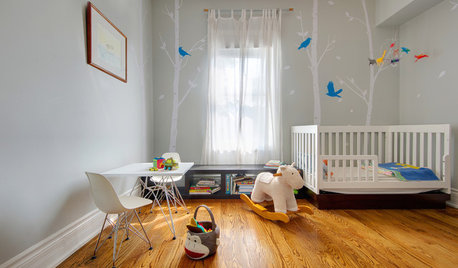
DECORATING GUIDES8 Tips for Creating a Safe and Cozy Nursery
Learn how to design a room that will grow up with your baby and also will be comfortable for you
Full Story
NEUTRAL COLORS10 Ways to Make Your Neutral Palette Shine
Wake up your beige and gray with a rich combination of texture, shape and pattern
Full Story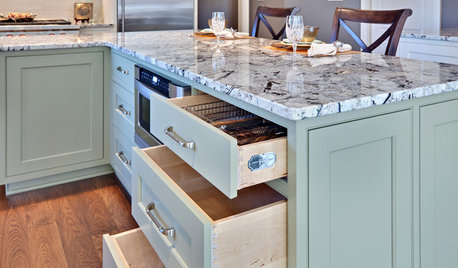
KITCHEN DESIGNWhat Goes With Granite Counters?
Coordinate your kitchen finishes beautifully by choosing colors that complement granite’s natural tones
Full Story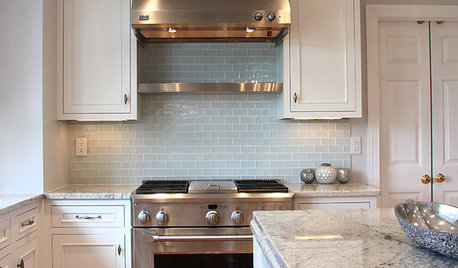
KITCHEN DESIGN5 Favorite Granites for Gorgeous Kitchen Countertops
See granite types from white to black in action, and learn which cabinet finishes and fixture materials pair best with each
Full Story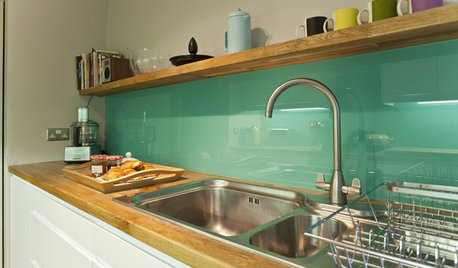
KITCHEN DESIGNHow to Pick a Kitchen Backsplash That Wows
Design your ideal backsplash with help from these Houzz guides and inspiring ideas for every kitchen style
Full Story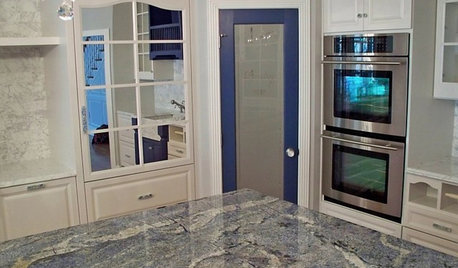
KITCHEN COUNTERTOPSKitchen Counters: Granite, Still a Go-to Surface Choice
Every slab of this natural stone is one of a kind — but there are things to watch for while you're admiring its unique beauty
Full Story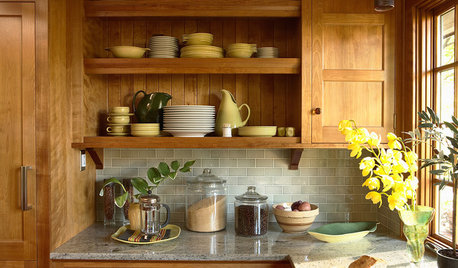
KITCHEN BACKSPLASHESHow to Choose a Backsplash for Your Granite Counters
If you’ve fallen for a gorgeous slab, pair it with a backsplash material that will show it at its best
Full Story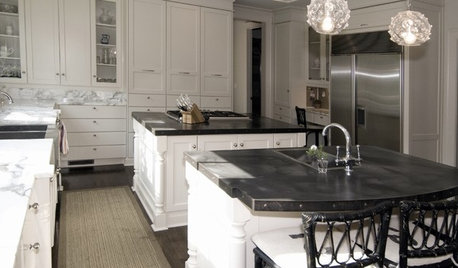
KITCHEN COUNTERTOPSKitchen Countertop Materials: 5 More Great Alternatives to Granite
Get a delightfully different look for your kitchen counters with lesser-known materials for a wide range of budgets
Full StoryMore Discussions






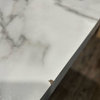

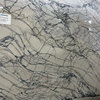
User
lazy_gardens
Related Professionals
Mount Prospect Kitchen & Bathroom Designers · Plymouth Kitchen & Bathroom Designers · Athens Kitchen & Bathroom Remodelers · Bloomingdale Kitchen & Bathroom Remodelers · Ewa Beach Kitchen & Bathroom Remodelers · Linton Hall Kitchen & Bathroom Remodelers · Olney Kitchen & Bathroom Remodelers · Rolling Hills Estates Kitchen & Bathroom Remodelers · Schiller Park Kitchen & Bathroom Remodelers · South Lake Tahoe Kitchen & Bathroom Remodelers · Princeton Kitchen & Bathroom Remodelers · Warr Acres Cabinets & Cabinetry · Baldwin Tile and Stone Contractors · Brookline Tile and Stone Contractors · Palos Verdes Estates Design-Build Firmsdebrak_2008
Vertise
angie_diy
Granite City Services
karin_mt
Circus Peanut
boymom23Original Author
boymom23Original Author
Holly- Kay
Granite City Services
karin_mt
Stoneshine
kitchendetective
blfenton
boymom23Original Author
angie_diy
Stoneshine
Vertise
angie_diy
boymom23Original Author
Granite City Services
miruca
elkhorn10